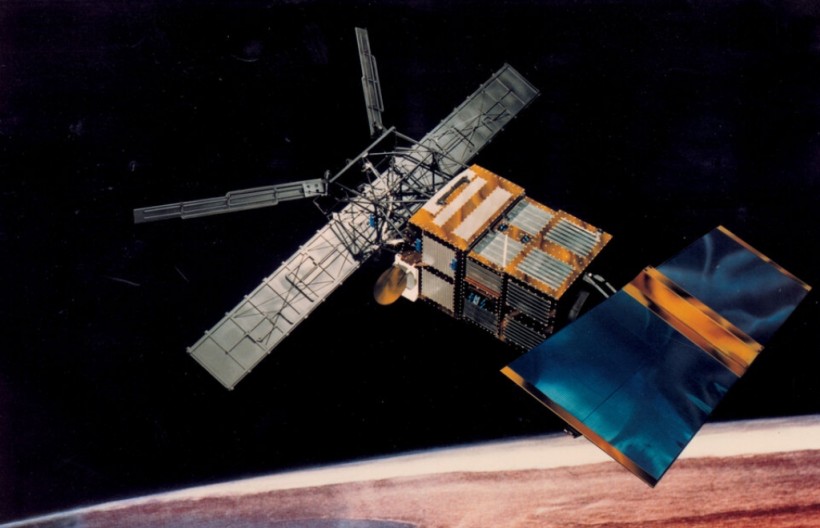A relic of Europe's space industry is about to make a fiery return to Earth. ESA's European Remote Sensing 2 (ERS-2) satellite, launched in April 1995, is scheduled to reenter Earth's atmosphere later this month, marking the end of its three-decade journey.

Europe's 29-Year-Old Dead Satellite ERS-2 to Crash on Earth This Month
Europe's Dead Sattelite to Crash Back to Earth
The European Space Agency (ESA) has been closely monitoring the satellite's descent since it concluded its Earth-observing mission in September 2011.
ERS-2 was a groundbreaking spacecraft, that collected valuable data on Earth's land surfaces, oceans, and polar caps for over 16 years. But now, its time has come to gracefully retire from orbit.
Space.com reports that the decision to retire ERS-2 was made carefully considering space safety. To ensure a controlled reentry and minimize the risk of collision with other satellites or space debris, ESA executed a series of 66 deorbiting maneuvers back in July and August 2011.
These maneuvers depleted the satellite's fuel and lowered its altitude, setting the stage for its eventual return to Earth.
Despite its impressive mass of over 2,500 kilograms at launch, ERS-2 is just one of many objects that regularly reenter Earth's atmosphere. According to ESA officials, objects of similar size come hurtling back to Earth every week or two.
ERS-2 will break up into fragments around 80 kilometers above the Earth's surface, with the vast majority of these burning up in the atmosphere.
Read Also: Russian Cosmonaut Oleg Kononenko Breaks Record for Longest Time in Space
What You Need to Know
While the exact timing and location of ERS-2's reentry remain uncertain, chances are high that it will make its final descent over the ocean, given that water covers about 70% of Earth's surface.
ESA assures the public that most of the satellite will burn up in the atmosphere, with any remaining fragments likely falling harmlessly into the ocean.
According to ESA, the risk of being hit by a piece of space debris, including ERS-2 fragments, is incredibly low - less than one in 100 billion. For comparison, this risk is 65,000 times lower than the likelihood of being struck by lightning.
Countdown Begins
As the countdown to ERS-2's reentry continues, ESA provides regular updates on its trajectory and expected reentry conditions. An international network of partners, including the Inter-Agency Space Debris Coordination Committee and the United States Space Surveillance Network, is also tracking the satellite's final orbits.
In addition to monitoring ERS-2's descent, ESA is actively working to ensure the long-term sustainability of space activities. Initiatives such as the Space Debris Office and the Clean Space initiative aim to mitigate the creation of space debris and promote responsible space practices.
Stay posted here at Tech Times.
Related Article: Two World's Firsts: Metal 3D Printer for Space, Surgical Robot Are Now on Their Way to ISS










